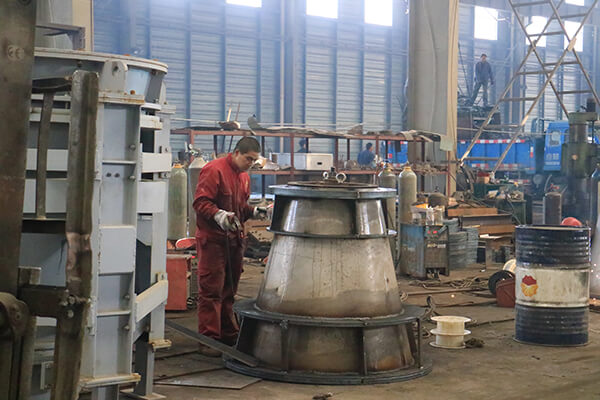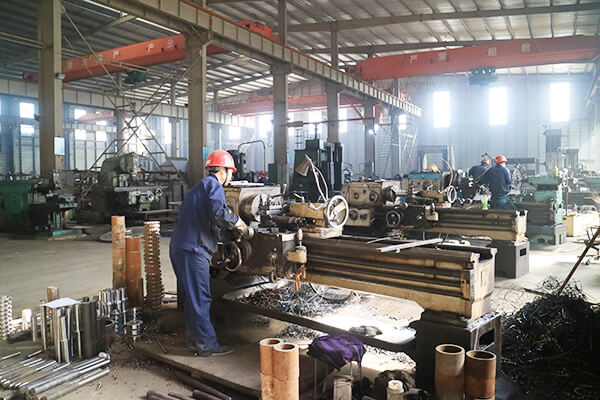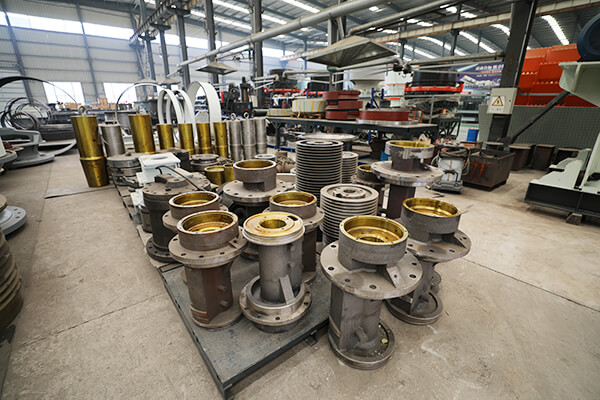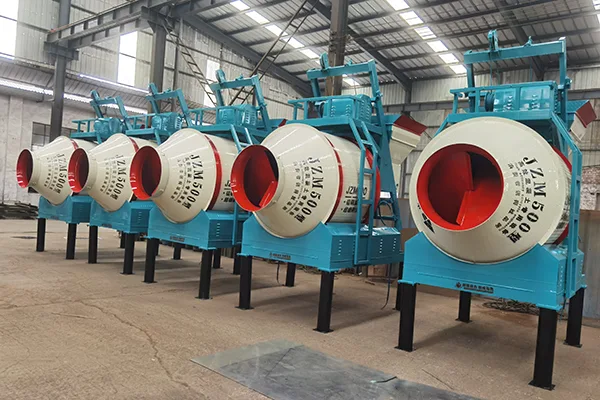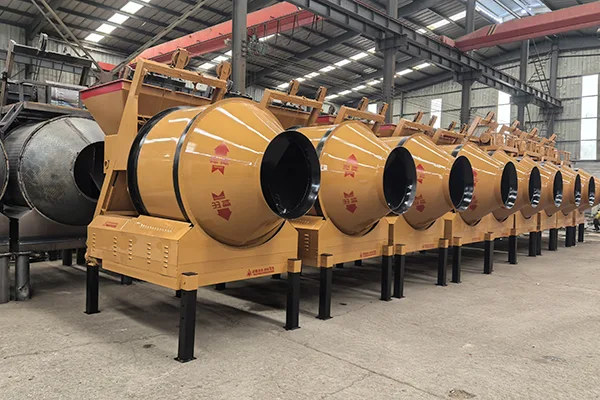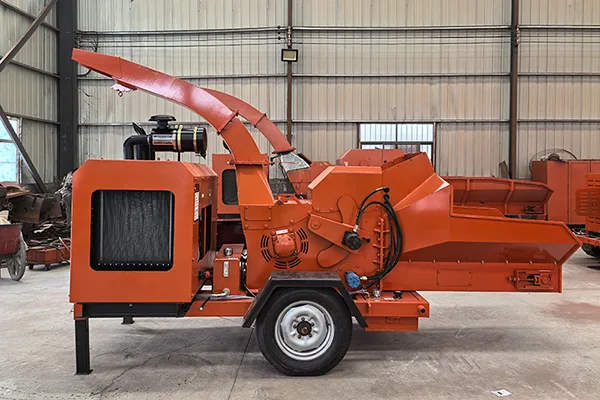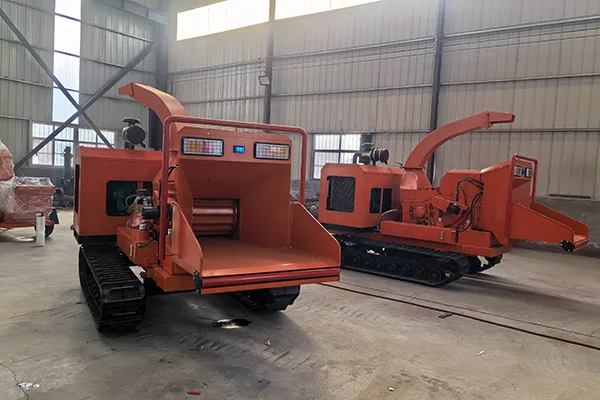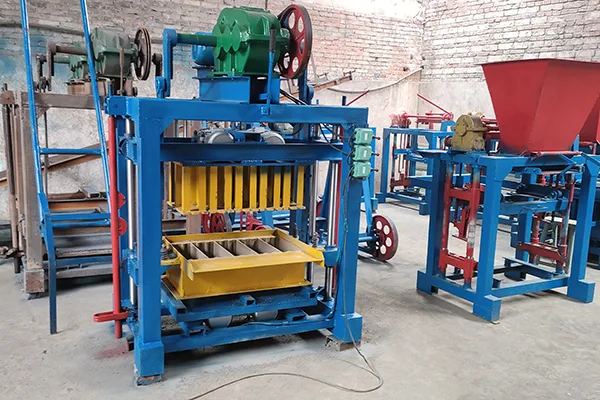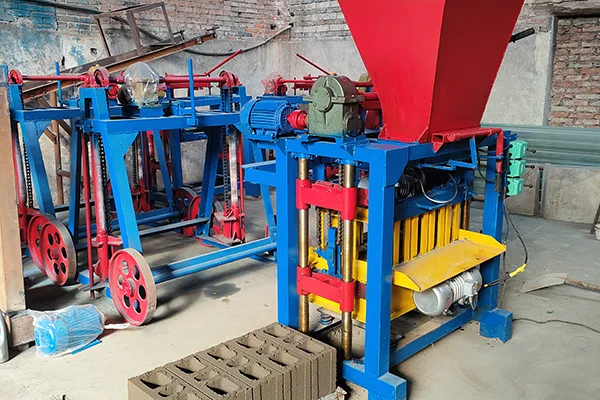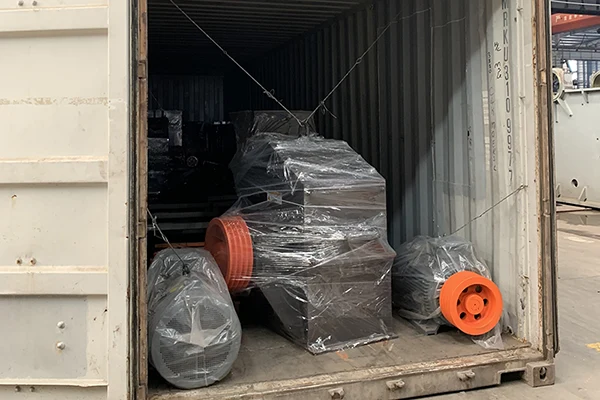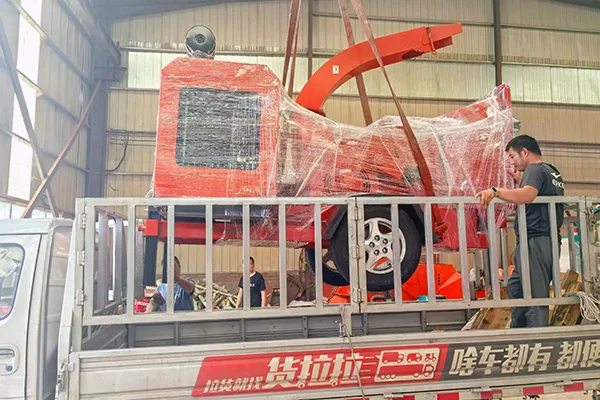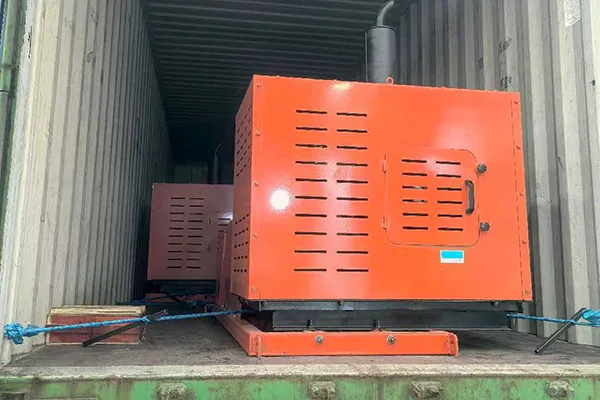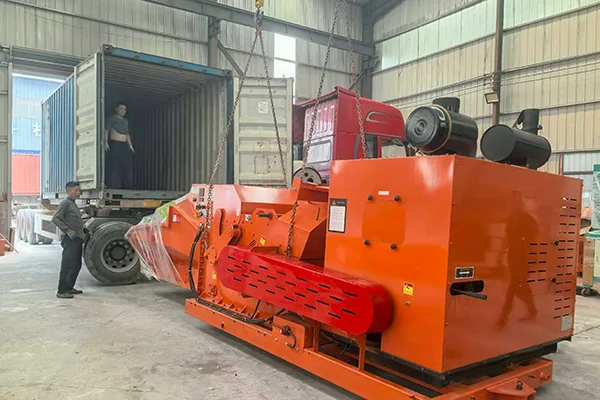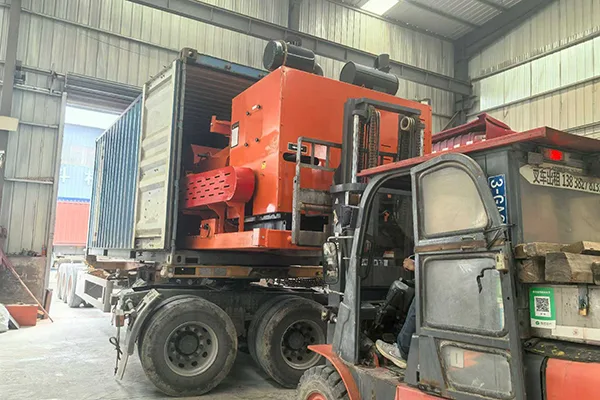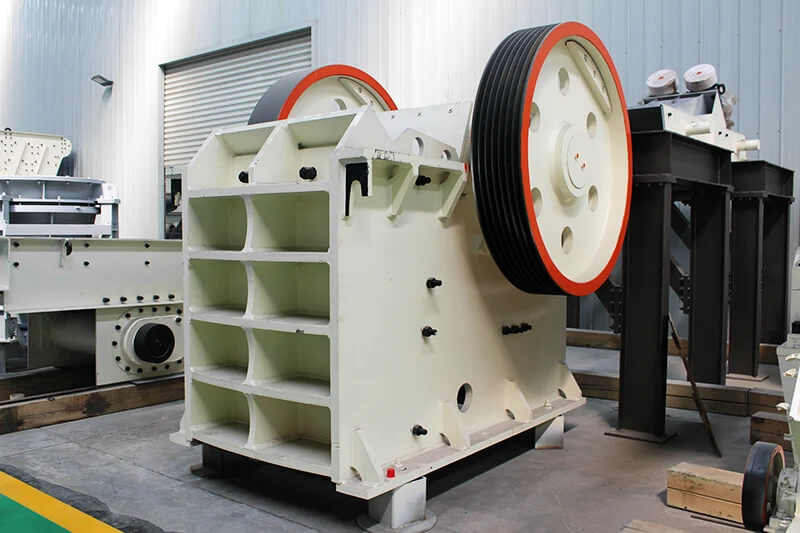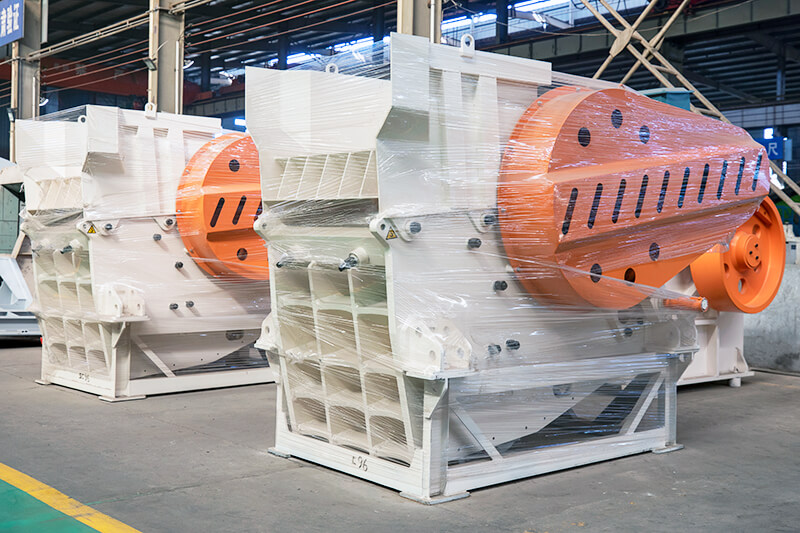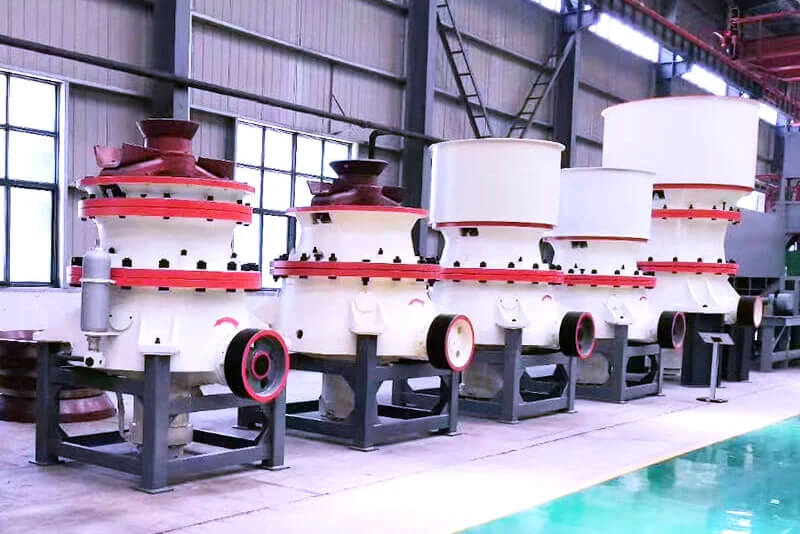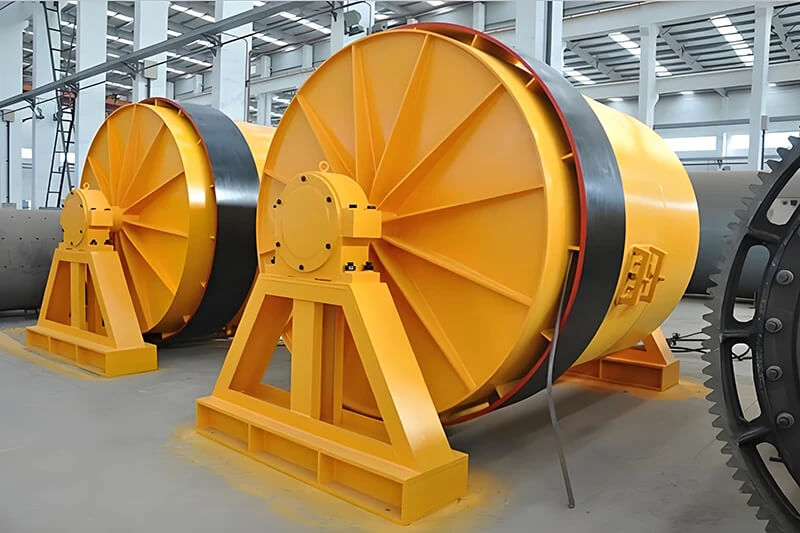The grate type ball mill is generally composed of a cylinder, a cylinder liner, a large gear ring, a discharge grate, and an ore feeder. Except for the discharge grate plate installed at the discharge end, the others are similar to the overflow type ball mill. The discharge end cover and grate plate structure of the grate type ball mill are shown in the figure, grate liner, bearing inner sleeve, hollow shaft neck, dustpan-shaped liner, center liner, ribs, and wedge iron.
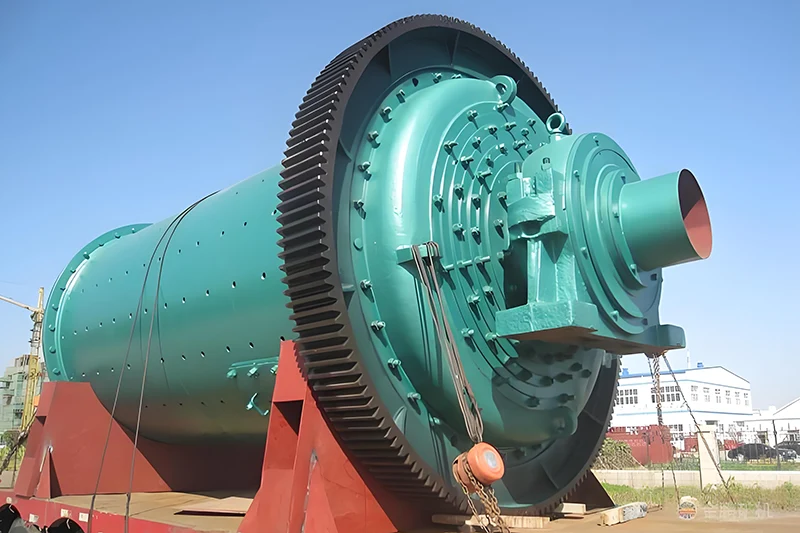
The bearing inner sleeve and the discharge grate are installed in the end cover with a hollow shaft neck at the discharge end. The discharge grate is composed of a center liner, a grate liner, and a dustpan-shaped liner. Eight radial ribs are cast on the inner wall of the end cover, dividing the end cover into eight fan-shaped chambers, and a dustpan-shaped liner is installed in each fan-shaped chamber and fixed to the end cover with screws, and then the grate plate is installed on each fan-shaped chamber formed by the dustpan liner. There are two structural forms of the grid lining: one is composed of two pieces combined into one group, which are pressed by a wedge iron, and the wedge iron is screwed through the ribs to fix it on the end cover, and the center part is supported by the center lining stop to prevent them from tilting and falling off; the other is to combine the two pieces into one piece and fix them directly with screws. The center lining is star-shaped, it consists of two pieces, and is fixed to the ribs with screws.
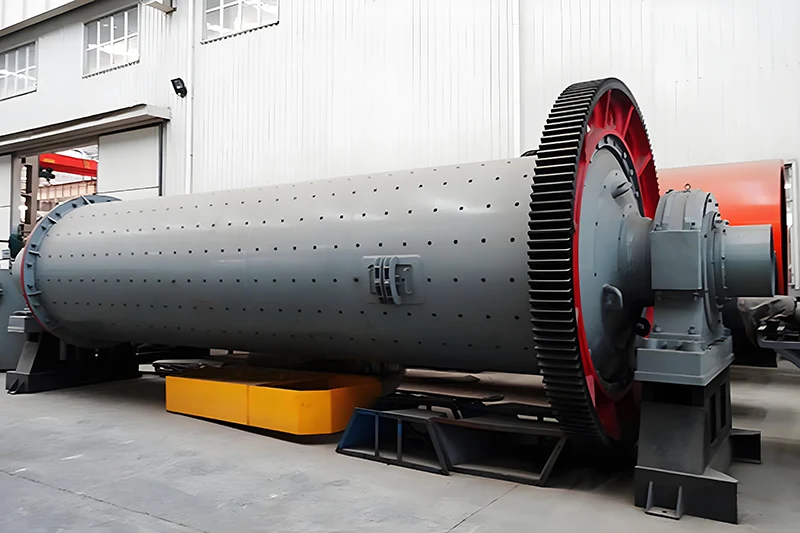
The holes on the grid lining are arranged obliquely, and the width of the holes gradually expands toward the discharge end, which can prevent the slurry from flowing back and coarse particles from clogging. The slurry flows into the fan-shaped chamber through the pores on the grid lining at the lower part of the discharge end, and then turns to the upper part with the cylinder and is discharged along the channel. The hollow shaft neck is inlaid with a wear-resistant inner sleeve, and one end is made into a trumpet-shaped blade to guide the slurry to flow out of the mill along the blade. Since the slurry of this mill is discharged through the grid plate discharge device, it is called a grid type ball mill.
Performance characteristics of grate ball mill:
1. Fast discharge speed and high productivity (20-30% higher than overflow type, 20-30% power saving)
2. Light over-crushing phenomenon - low-level discharge, less slurry stored inside, and easy discharge of ground fine particles in time.
3. More balls - not only large balls but also small balls can be used because of the grate. It has good grinding conditions.
4. The structure is more complex than the overflow type, with more grate, which occupies a certain space and reduces the effective volume.
The grinding products of the grate ball mill are discharged by the discharge grate plate, which has a forced discharge effect, a fast discharge speed, and the slurry surface level at the discharge end is lower than the busbar level of the discharge shaft neck, so it is called low-level discharge. There is a height difference between the feeding end and the discharging end of the mill. The speed of the slurry passing through the mill is accelerated, so that the ground ore particles can be discharged in time. Since the grating ball mill stores less slurry and is blocked by grating plates, more balls can be loaded, which is convenient for loading small balls. When the steel ball falls, the impact effect is weakened by the resistance of the slurry, which makes its productivity and efficiency higher than that of the overflow ball mill, and the product particle size is coarse, and it is not easy to produce over-crushing.

